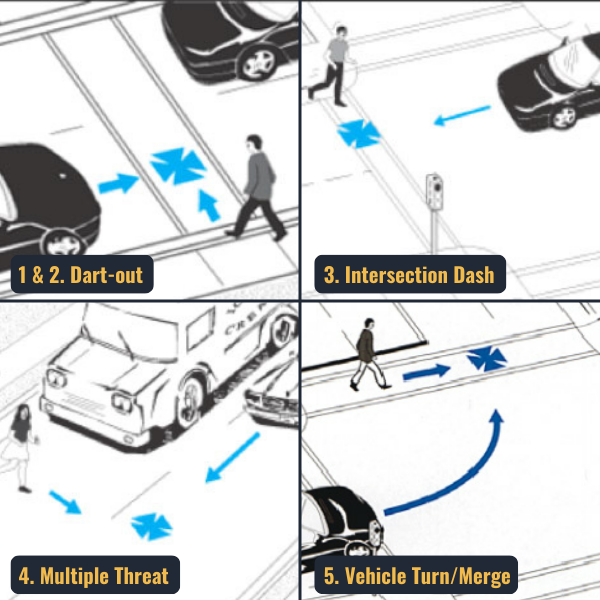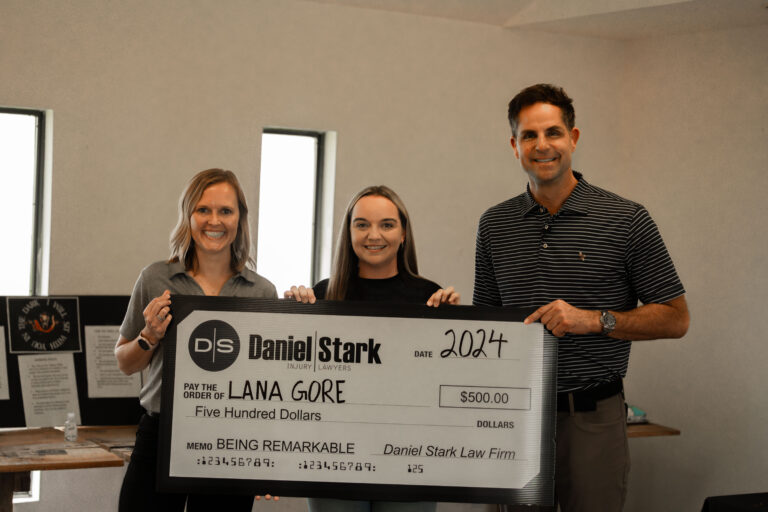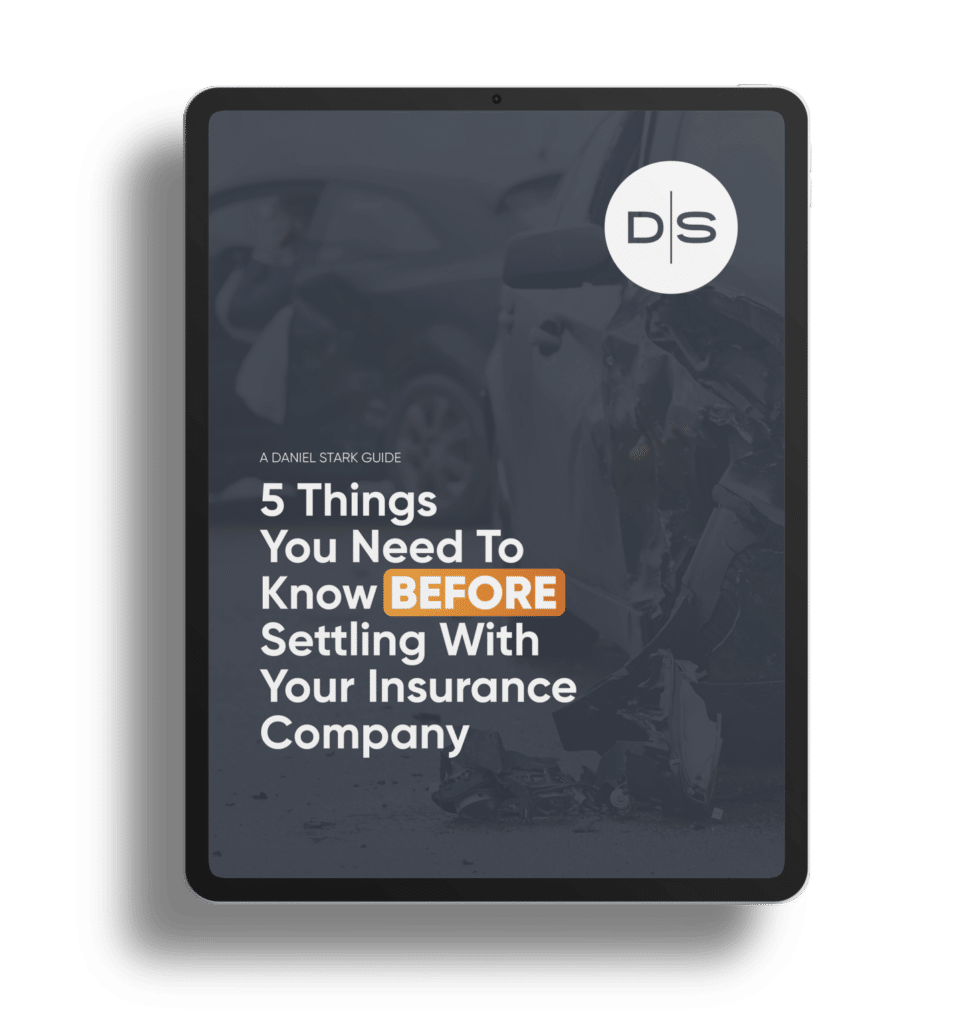The National Highway Traffic Safety Administration (NHTSA) is proposing a new rule to reduce fatalities and serious injuries among pedestrians hit by vehicles. The rule, aimed at taller vehicles such as trucks and SUVs, would require the vehicle hoods to meet specific performance requirements through safety testing.
“We have a crisis of roadway deaths, and it’s even worse among vulnerable road users like pedestrians,” said NHTSA Deputy Administrator Sophie Shulman. “Between 2013 and 2022, pedestrian fatalities increased 57% from 4,779 to 7,522.”
NHTSA estimates that the new safety standard would save 67 lives per year.
In accordance with the U.S. Department of Transportation rulemaking process, this rule is open to public comment for 60 days. After that, appropriate revisions will be made, and a final rule will be established.
Stay Alert: Common Types of Vehicle-to-Pedestrian Collisions
It’s important to be aware of the most common types of vehicle-to-pedestrian collisions. Knowing to look out for these dangerous situations can protect you, both as a driver and a pedestrian.
NHTSA identified the five most common types of collisions involving pedestrians:

1. Dart-out (first half) – A pedestrian suddenly appears midblock, often from between parked cars, and is struck before reaching the middle of the road.
2. Dart-out (second half) – Similar to the first half, only the pedestrian is struck after crossing more than half of the road.
3. Intersection Dash – The pedestrian presents brief exposure to the driver at an intersection as a result of running, being blocked from view, or crossing unexpectedly.
4. Multiple Threat – Driver A stops for a crossing pedestrian and blocks the pedestrian from the view of Driver B in the outer lane.
5. Vehicle Turn/Merge – The driver is concentrating on turning or merging with traffic and does not see the pedestrian.
What to Do if It Happens to You
Here’s what to do after an auto-pedestrian crash:
First, seek medical attention. Even if you do not feel any pain, you may have injuries that you aren’t aware of. You might feel fine, but beneath the surface, your body could be dealing with life-threatening internal injuries.
Second, hire a personal injury attorney. After being injured in a collision, your responsibilities can become overwhelming. You may be dealing with medical expenses, lost wages, and emotional trauma, but you don’t have to do it alone. A qualified personal injury attorney can help you:
- Gather evidence
- Prove who is at fault
- Communicate with insurance companies
- File a lawsuit, if necessary
Notify your insurance company. Your personal injury attorney can help guide you through these conversations to avoid falling into insurance company traps that could harm your case and prevent you from getting full value.
Continue your treatment. If your injuries are severe, you may be in treatment for months or even years. Stick with it. Each appointment, therapy session, or day of rest is a step toward reclaiming your health and life.
If you or a loved one has been injured in an auto-pedestrian collision, contact a qualified personal injury attorney to help you get full value on your case.




